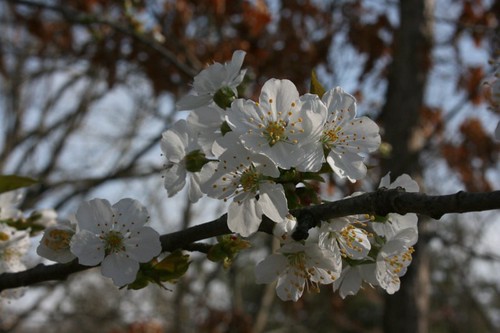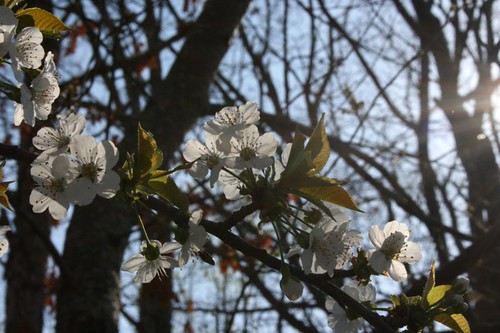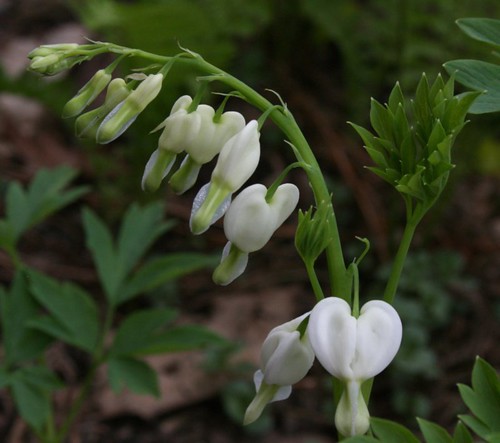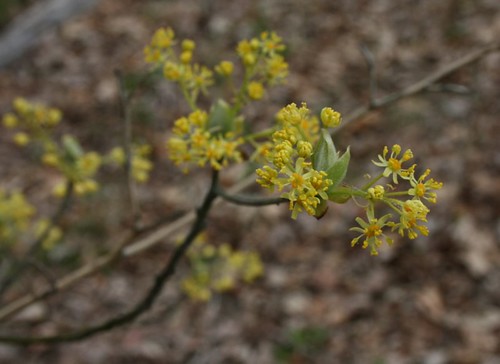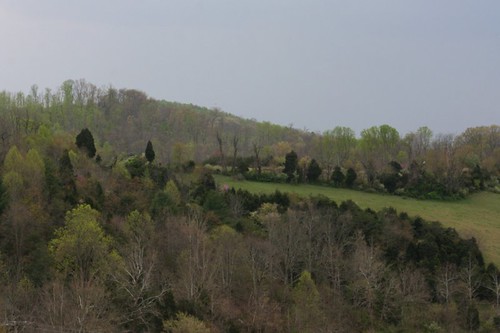So we didn't actually get around to dyeing Easter eggs until Easter Sunday. Ally's grandmother had given us a
PAAS egg dye kit but I've been admiring over Martha Stewart's
marbleized Easter eggs. Martha's technique didn't look too difficult, at least in the clipping that I'd torn from her magazine a year or so ago. The instructions in the magazine were to dye the eggs one color and let dry. Add one tablespoon olive oil to a darker dye, swirl with a fork, then dip the previously dyed eggs in the mixture. Roll the egg around to pick up the streaks of the darker dye and remove from the dye. Gently blot the egg dry.
Easy peasey, huh? I figured that I could use the PAAS kit for the first dye bath, then add some oil to the darker dyes and get swirled eggs. And so I was still decorating Easter eggs at 6:40 pm last night.
Like many of Martha's projects, reality simply does not measure up to the artistically beautiful and perfect product presented on the glossy pages of her magazines. And inexplicably she doesn't always provide the full set of directions in the magazine. It wasn't until after I gave up on the project that I found the project on her website and I realized that 1) of course she used special liquid food coloring to dye her eggs, 2) the bowl containing the oil and dye mixute should be shallow to create wide swaths of marbled colors (unlike my Solo cups), and 3) you must use organic eggs from free range chickens and cold pressed imported olive oil.
No, I'm making up #3. I'm sure that my Walmart eggs and canola oil cannot be to blame why this project didn't fully achieve the level of artistic vision that I had hoped for.

This is what Martha's eggs look like. They're beautiful.

And here are mine.

See the resemblance? Yeah, me neither. Mine are sorta splotchy with a semi-interesting tie dye effect. Not quite what I had envisioned.
So here's what I learned through this um, experiment.
1) PAAS might advertise that their dye tablets will dissolve in under 3 minutes, but I suspect that's only if you use vinegar with the water. I didn't do that as I wanted lighter, pastel colors and not the traditional or "neon" colors mentioned on the packaging of the kit.
2) PAAS tablets will take approximately
forever to dissolve in just water.
3) Once the dye dissolves in water, eggs will take
another forever to achieve a passable pastel color and not look like they're just an off shade of brown. Thirty minutes was not enough for some colors.
4) Your four year old will lose interest in this project long before the eggs actually look colored.
5) Gently blotting the egg dry with a paper towel will actually remove most of the swirled colors.
6) Also, eggs coated in oil are really slippery and you will crack a shell or two if you accidently drop one into the bowl containing the others. (Ooooops!) Hopefully your four year old has already left the kitchen in search of something fun to do before then.
Still, my daughter declared the spotty pink and purple eggs to be her favorite. I'm merely thankful that all Easter eggs, even if they were done by Martha herself, will taste about the same when they turn into egg salad for our lunches this week.



















